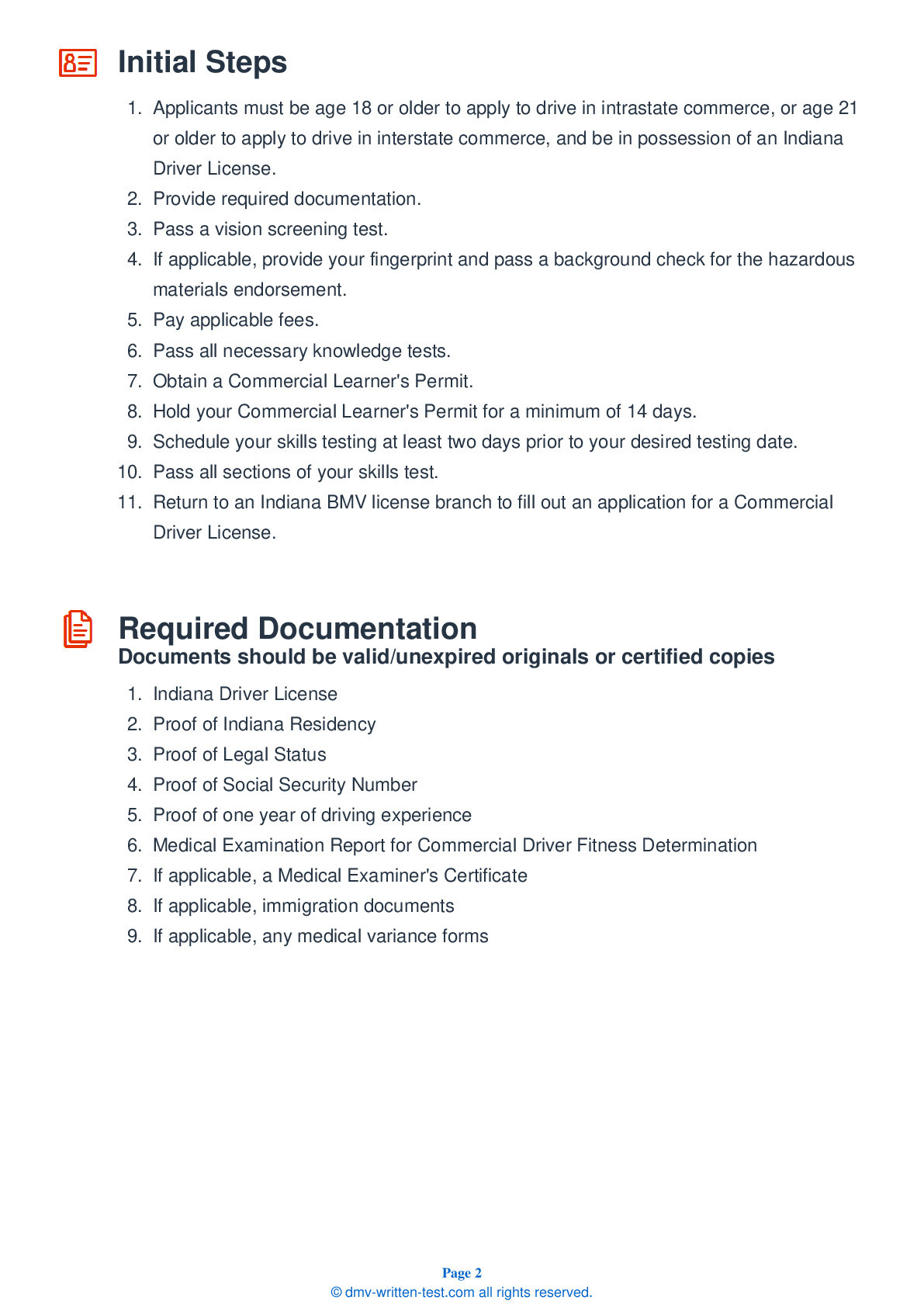Combination
All applicants who are applying for a Class A CDL should be prepared to take the Combination test. This test covers information found in Section 6 of the Commercial Driver License Manual. Section 6 provides the information needed to safely operate tractor-trailers, doubles, triples, and straight trucks with trailers. The test is made up of 20 multiple-choice questions, and applicants will need to correctly answer a minimum of 16 questions to pass. The Combination test is not a replacement for the Double/Triple endorsement test.
Number of Question
Passing Score
8. Trailers with low underneath clearance may be difficult to drive:
Explanation
Railroad-highway crossings may be difficult to cross when pulling a trailer with a low underneath clearance. In particular, both low-slung units and single-axle tractors pulling long trailers are especially challenging to drive over raised crossings.
9. Test the tractor protection valve by:
Explanation
You should test the tractor protection valve by allowing the air supply to properly charge, turning off the engine, then releasing air from the system by pressing the brake pedal several times. The tractor protection valve should move into its emergency position when psi drops to an unsafe level.
10. When lightly loaded, combination vehicles:
Explanation
When a combination vehicle is lightly loaded, it may have poor traction. It is very easy for wheels to lock up on lightly-loaded vehicles when they are being stopped.
11. The trailer hand valve should:
Explanation
The trailer hand valve works the trailer brakes but should only be used when testing them. Using it while driving could create a skid. Never use the trailer hand valve while parking because doing so may release the air pressure from the braking system, releasing the brakes that are holding the vehicle in place.
12. If your trailer begins to drift off course while you are backing, you should:
Explanation
If your trailer begins to drift while you are backing, you should correct the drift immediately by turning the top of the steering wheel in the direction of the drift.
13. If oil and water build up in your vehicle's air tanks, the brakes:
Explanation
Air tanks should be drained daily to remove water and oil buildup. An excess of oil and water in the air tanks can interfere with proper brake function.
14. Large combination vehicles take the longest amount of time to stop:
Explanation




